
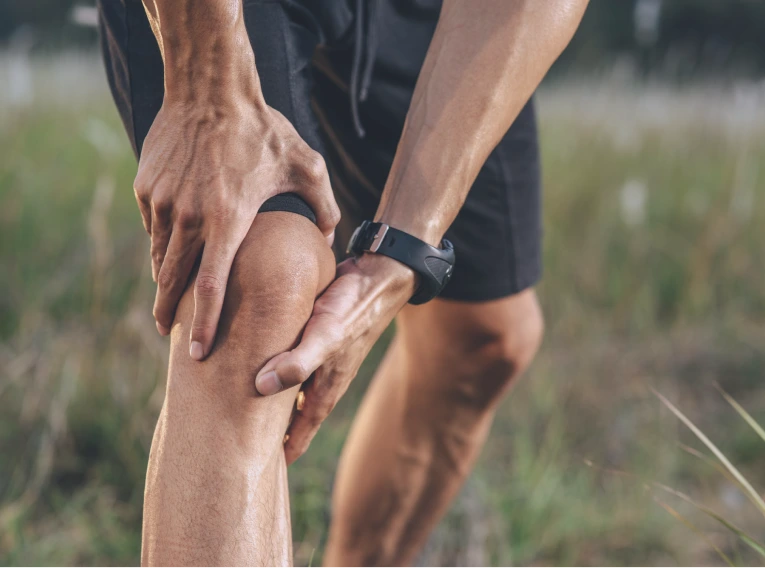
A ligament is a strong band of fibrous connective tissue that connects bones to other bones, providing stability and support to joints. In the foot, ligaments help maintain proper alignment and allow smooth movement while preventing excessive motion that could cause injury. When damaged, ligaments can lead to pain, swelling, and joint instability.
A tendon is a flexible cord of tissue that attaches muscles to bones, allowing movement when muscles contract. Since tendons connect muscles to bones, they play a crucial role in enabling activities, such as walking, running, and maintaining balance. Injury to a tendon in the foot can cause weakness, pain, and difficulty performing even the most basic activities.
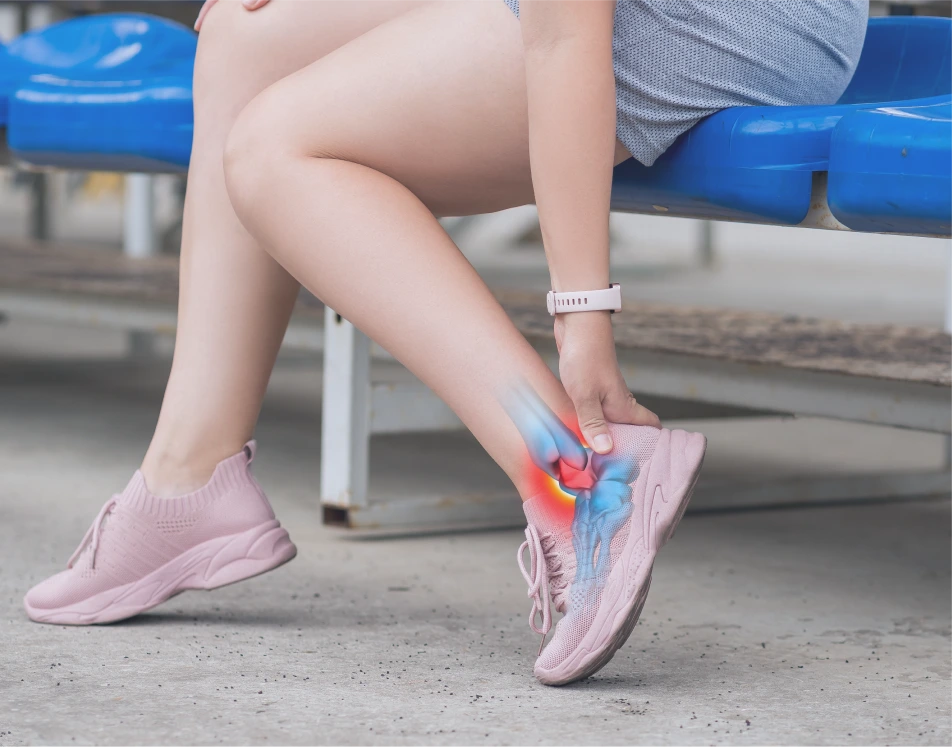
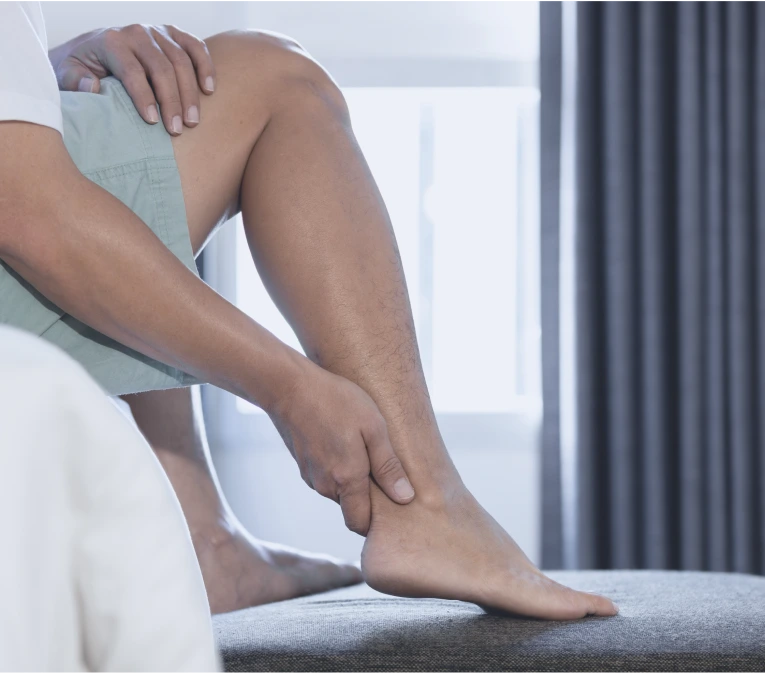
Soundwave therapy applies acoustic waves to the injured area, breaking down scar tissue and stimulating the body’s natural healing response. This treatment can improve mobility, decrease chronic pain, and promote the growth of healthier tissue over time.
Foot and ankle surgery may be recommended when non-invasive treatments are not enough to restore function. Using advanced surgical methods, damaged ligaments and tendons can be repaired or reconstructed to restore stability, relieve pain, and allow patients to return to their normal activities.
Recovery after ligament or tendon repair in the foot varies depending on the type and severity of the injury. Mild sprains or tendonitis may improve within a few weeks with conservative treatments, while more significant injuries can take 6 to 12 weeks to heal fully. In cases of complete tears that require surgery, recovery can extend to 4 to 6 months, with physical therapy playing a crucial role in regaining strength and mobility.
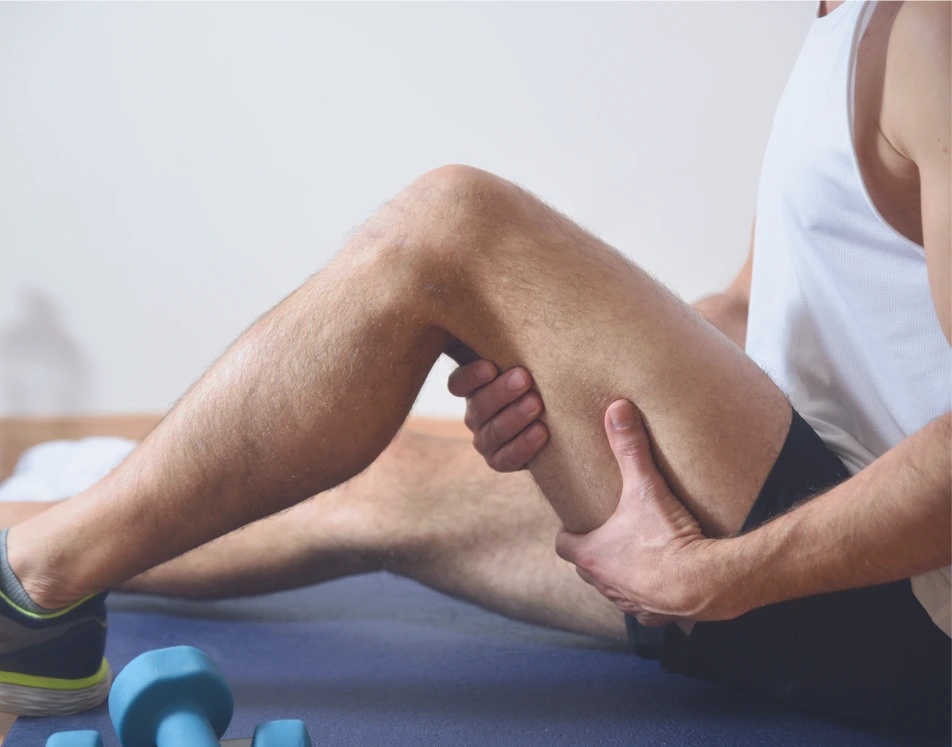
Injuries to the ligaments and tendons of the foot can significantly impact daily life, making it challenging to stay active and independent. Repairing these structures helps patients move beyond pain and instability, allowing them to return to their routines with greater comfort and stability.

A personalized evaluation during consultation provides a more accurate estimate tailored to each patient’s specific needs.
Our team is dedicated to helping patients overcome foot pain and regain full mobility through expert care and advanced treatments. We carefully evaluate how injuries affect muscle contractions and monitor for common symptoms, such as swelling, stiffness, or instability. By combining thorough assessments with targeted therapies, we create personalized plans that restore function, reduce discomfort, and help patients stay active with confidence.
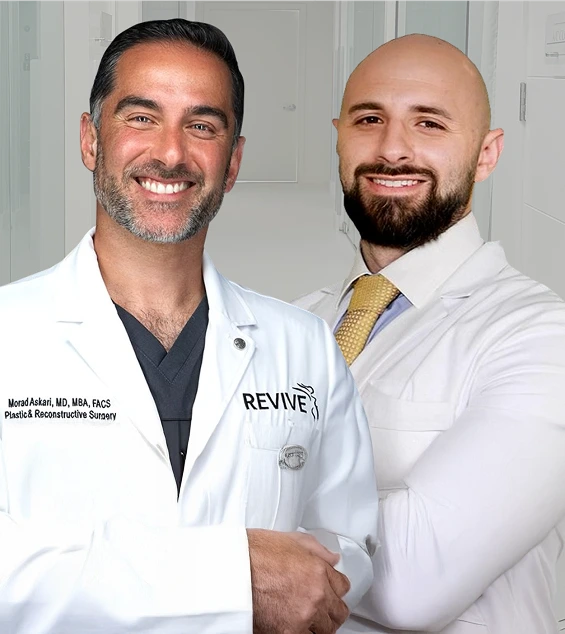
A torn tendon refers to a partial injury where some fibers of the tendon remain intact, while a ruptured tendon involves a complete break, with the tendon fully separated from its attachment. Both injuries require evaluation, but a ruptured tendon typically needs more intensive treatment to restore function.
No, not all foot and ankle surgeries require general anesthesia. Our outpatient procedures can be performed safely using local or regional anesthesia, allowing patients to recover at home the same day.
Yes, we treat hand conditions, including flexor tendon injury along the palm side of the hand. However, we do not address conditions related to the elbow joint and the upper arms.